-
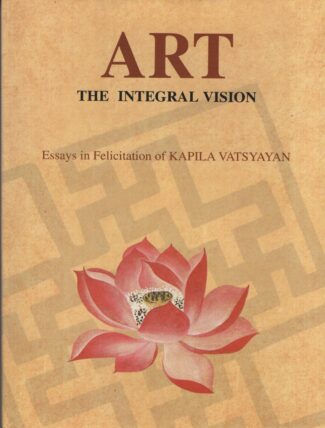

Art The Integral Vis...
Art The Integral Vision
Essays in Felicitation of KAPILA VATSYAYAN by: Baidyanath Saraswati , Subhash Chandra Malik , Madhu Khanna₹3,200.00 ₹2,880.00
ISBN: 9788124610602
Year Of Publication: 2020
Edition: 2nd
Pages : xvii, 353
Bibliographic Details : Index
Language : English
Binding : Hardcover
Publisher: D.K. Printworld Pvt. Ltd.
Size: 23
Weight: 1262
“An assemblage of twenty-six scholarly essays: in honour of Dr Kapila Vatsyayan, the book attempts to conjure up the integral vision of art — exploring, as it does, the underlying unity of different disciplines. Written by distinguished Indian and foreign scholars: artists, art historians, archaeologists, anthropologists, scientists, philosophers and litterateurs, who have shared or subscribed to Dr Vatsyayan’s holistic vision of arts, these essays look for the linkages that have existed within the arts, between the arts, and across the cultures — focusing, contextually, on the form, the content, and the vision of art in terms of time and space. With at once stimulating alternative viewpoints available to humankind today, the authors consider space, time and consciousness as they are related to, and expressed in, metaphor, symbol and creative process. Together with cross-cultural comparisons of art, the book also explores the future of man as an artist. Art: The Integral Vision, besides the Editors’ Introduction giving an overview on the presentations, is blessed by His Holiness the Dalai Lama’s personal message. A foremost authority on Indian art and culture, Dr Kapila Vatsyayan is well-known to all serious scholars of art history, religion, philosophy and cosmology. A prolific author and recipient of several honours, including the prestigious Padma Shree (1990) and Padma Vibhushan (2011), she has convincingly spelt out the unifying principles of cultural plurality and the interdependence and interrelatedness of creative arts. This holistic vision — unmistakably manifest in her writings — has come to finest fruition in her setting up (in 1985) the Indira Gandhi National Centre for the Arts (IGNCA), New Delhi. This is a fascinating book for wide-ranging specialists and students interested in the mathematical, geometrical, metaphysical, astrophysical, cosmological, philosophical, psychological, historical, mythological and metaphorical understanding of art, especially the Indian art.”
Message
— His Holiness The Dalai Lama
Preface to the Second Edition
Introduction
1. Sarvadarśikā
2. Dialogue and Monologue with Kapilaji
— Baidyanath Saraswati
3. A Letter to Kapila Vatsyayan
— Michael Meschke
4. The Invention of Space
— David Park
5. Autonomy and Wholeness: Reflections on Creativity and
Self-expression
— S.C. Malik
6. The Learning of the Imagination
— Kathleen Raine
7. Higher States of Consciousness in East and West
— Peter Malekin
8. Seeing Time in the Indian Miniature
— Jim C. Masselos
9. A Gurjara-Pratihāra Image of Viṣṇu Viśvarūpa
— T.S. Maxwell
10. Mudrā: Its Metaphysical Basis in Kashmir Śaivism
— Bettina Bäumer
11. Radiance as an Aesthetic Value in the Art of Mesopotamia
(With Some Indian Parallels)
— Irene J. Winter
12. Art and Meditation: Traditional Imagery and Contemporary
Parallels as Seen Through Children’s Meditational Art
— Madhu Khanna
13. The Compleat Devotee and the Cosmic City: Hanuman at Hampi
— John Mckim Malville
14. Art and the Topology of Being: Introducing a Threefold
Homage to Kapila Vatsyayan
— André Scrima
15. Sergiu Al-George and the Romanian School of indology
— Radu Bercea
16. Museum of the Future: The Project Gīta-govinda
— Ranjit Makkuni
17. Kr̥ṣṇa-līlā in Temple Art of Khajurāho
— Devangana Desai
18. Goddess Cybele in Hindu Śākta Tradition
— M.C. Joshi
19. The Formation of Medieval Style in Malwa Region
(A Presentation of Hiṅglajgarh Sculptures)
— Ratan Parimoo
20. The Buddhist Bronzes of Surocolo
— Lokesh Chandra and Sudarshana Devi Singhal
21. What Is Deśī About Br̥ahaddeśī?
— Prem Lata Sharma
22. “No Dance, and There is Only the Dance”: Dance and the Indian Arts
— Sehdev Kumar and Aaloka Mehndiratta
23. The King, the Boar and the Waterhole: An Oral Narrative
about the Recreation of Puṣkara
— Aditya Malik
24. The Membrane of Tolerance: Middle and Modern India
— Michael W. Meister
25. Is Religion a Human Invariant?
— Raimon Panikkar
26. A Question of Human Future
— Keshav Malik
27. India and the Future Culture of Man: A Search for
New Perspectives
— Meera Aster Patel
Notes on Contributors
Index

“Art The Integral Vision” Cancel reply
-
Sale!Artisans and Craftsmen of Northern India by: Kuldeep Singh Thind
₹1,100.00₹990.00The basic aim of the book is to expose the major contributions of artisans and craftsmen in portraying the society in different perspectives. These artisans and craftsmen, were drawn mostly from the shudras, lower caste of the community, suppressed and have-nots section of the society, but were highly talented. The work is also designed to create interest among the reader and scholars alike, to understand the society of the period under reference through the immortal art of these creative people. The artisans such as potters, weavers, carpenters, architects, sculptors, brick-makers, metallurgy and metal workers, leather workers, painters, and the workers engaged in the profession of ivory, glass and mirror, perfume and cosmetic, musical instrument, oil, salt and liquor makers, etc. were the heroes of that time, who not only met the day-to-day requirement of the then society, but also portrayed different aspects of their life, in its true color, through their workmanship. It was the architect who designed and constructed houses to live in, as well as water tank, well and channel, royal building, stupa, temple and fort, bridge, pillar and rock-edict etc., which met the need of the society.
Today, we feel proud of the rich heritage of old Indian art and architecture, credit for which solely goes to the then artisan who crafted immortal creations. However, the invaluable contribution made by the historians in immortalizing their creations, by putting them in black and white, is no less important. It is the historian, whose mighty pen has immortalized not only Ashoka the great, as a king but also the creators of the stupas of his times on equal footings. It is with this aim in view that the present book has been presented to the posterity, in order to pay rich tributes to the creators of our rich cultural heritage.
Unluckly there was no proper institutionalized provision for the education of artisans and craftsmen, so generally the former adopted the occupation of their parents and hereditary skill was enhances as it was transferred from father to son, and generation to generation. Contemporary sources reveal that the social stautus of artisan class was based on the nature and economic conditions of a particular profession. -
Sale!Ahobilam by: Dr. Gomathi Gowda
₹1,200.00₹1,080.00The book Ahobilam- The Sacred Abode of the Nava Narasimha is a visual splendour that covers every facet of the Nava Narasimha Kshetra from History, Epigraphical references Sthalapurana to the majestic Gopurams, Mandapams, Konerus, as well as rituals and festivals. The book is the result of extensive research presented with a professional approach, enhanced with vibrant photographs and composed with an aesthetic appearance. The book is a visual feast imparting information about Vishnu’s unique incarnation as Narasimha at Ahobilam. This book embarks the reader on a journey to the religious centre of the group of temples at Ahobilam, and to Ahobila Narasimhaswamy who is compassionate and loving to his devotees. The book is the outcome of the blessings of Sri Ahobila Narasirnhaswamy And His Holiness Srivan Satakopa Sri Ranganatha Yatheendra Maha Desikan. -
Sale!Amulets and Pendants in Ancient Maharashtra (3rd c. bc to 3rd c. ce) by: Jyotsna Maurya
₹220.00₹198.00The book documents Indias rich tradition of ornamentation as reflected in its numerous and varied collection of amulets and pendants recovered from archaeological excavations in Maharashtra. It studies the significance of these ornaments as a visible expression of the artistic excellence and cultural wealth of the ancient Indian civilisation particularly at the time of the great Mauryan and Satvahana dynasties. Discussing the evolution of these portable charms against their socio-economic and religious background, the authoress examines the different types of amulets and pendants excavated, the techniques used in making them, their parallels in literary and sculptural representations, and Buddhist influence on them. Giving insights into the sources of raw materials used in these charms, she takes up in detail the trade relations of a specific site with other contemporary sites. With a number of figures and maps, the work promises to be useful to both scholars and students of Indology focussing on facets of Indian culture.
-
Sale!Across the South of Asia by: Robert DeCaroli, Paul A. Lavy,
₹1,700.00₹1,530.00All too often, modern scholarship limits its scope according to the boundaries of contemporary nations and current geopolitical borders. Academic expertise frequently ties itself artificially to these pre-defined spaces and in so doing often does a disservice to the past. It is no great revelation to point out that people of the past defined the limits of their political and cultural reach in ways that were very different from those found on modern maps. Ancient rulers, merchants, and priests understood the reach of their influence and defined foreignness in ways that would be deeply unfamiliar to those only knowledgeable of the modern world. Yet, despite the well-recognized truth in these observations, it is still relatively rare for scholars to research in ways that transcend modern boundaries.
This collection of essays invites readers to take a broad view of South Asian art and culture by providing a wide geographic and chronological scope. The articles are united only by their focus on art historical and archaeological concerns and their concentration on South Asia ranging from Afghanistan to the island kingdoms of Indonesia. Each essay on its own constitutes a solid, well-grounded academic study, but taken collectively they provide a wide and inclusive view of issues of art and material culture that span the region and invite comparison.
By taking this approach, this volume is a tribute to Prof. Robert L. Brown whose lifetime of teaching has always emphasized connections as well as differences. Over his professional career, he has trained a large cohort of students (many of whom are contributors to this volume) whose expertise truly does reach across the south of Asia. -
Sale!Bibliography on Indian Buddhist Art and Archaeology by: Utpal Chakraborty
₹1,900.00₹1,710.00The bibliography includes 4081 entries, covering published materials in English and French languages over the last two centuries. It is divided into two parts. The first part contains 2410 entries dealing with Indian Buddhist art and archaeology and Indian art in general, history, religion, some Buddhist sites outside present India with special attention given to Pakistan , etc. Entries in the second part are exclusively devoted to Indian Buddhist sites. There are 57 sites; each one is individually studied. The book gives a representative overview of what has been researched and accomplished in the field of Indian Buddhist Art and Archaeology since Wilkins’s article on Bodh-Gaya in 1788 or Thomas Daniel’s first illustration on the Kanheri caves in 1798.

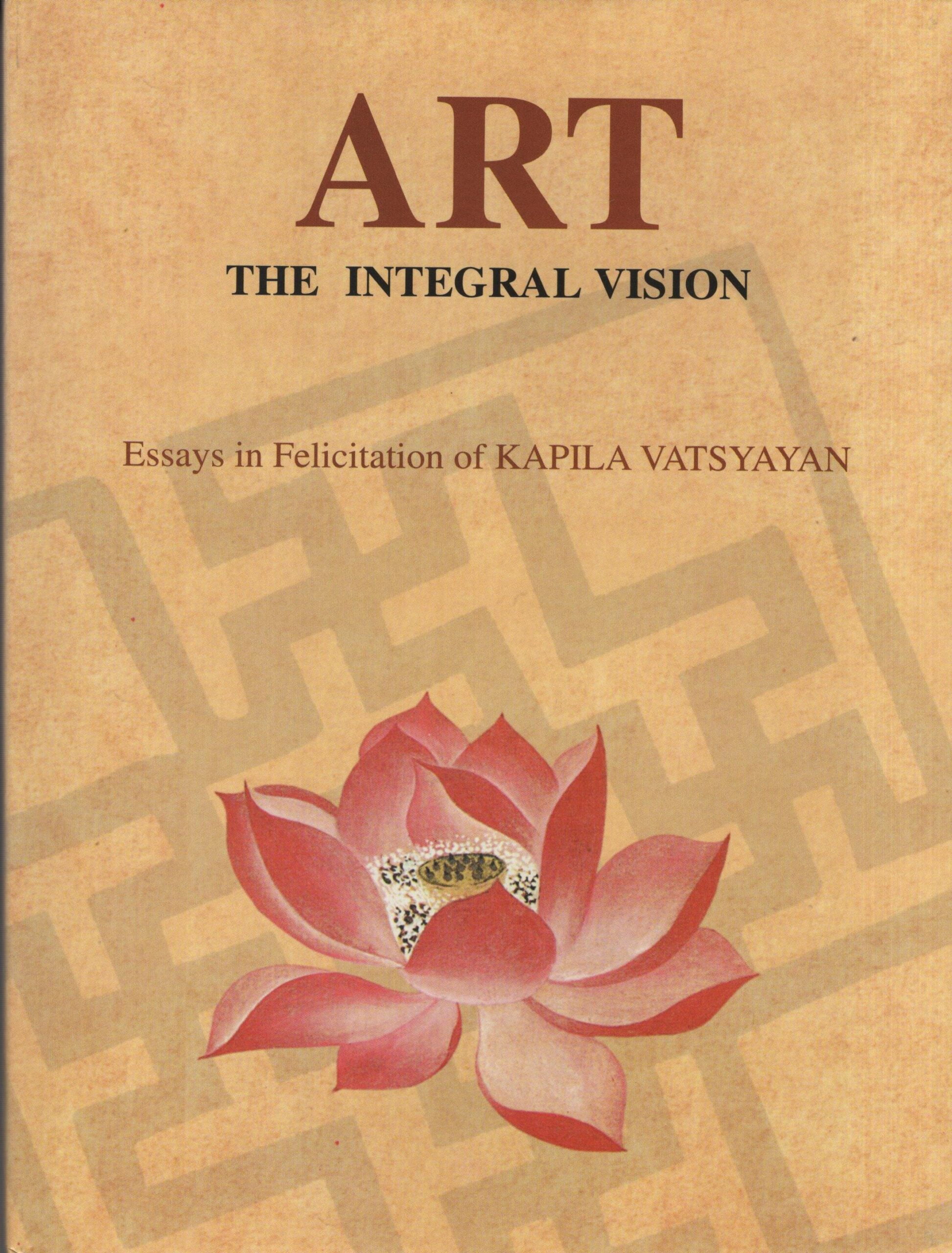
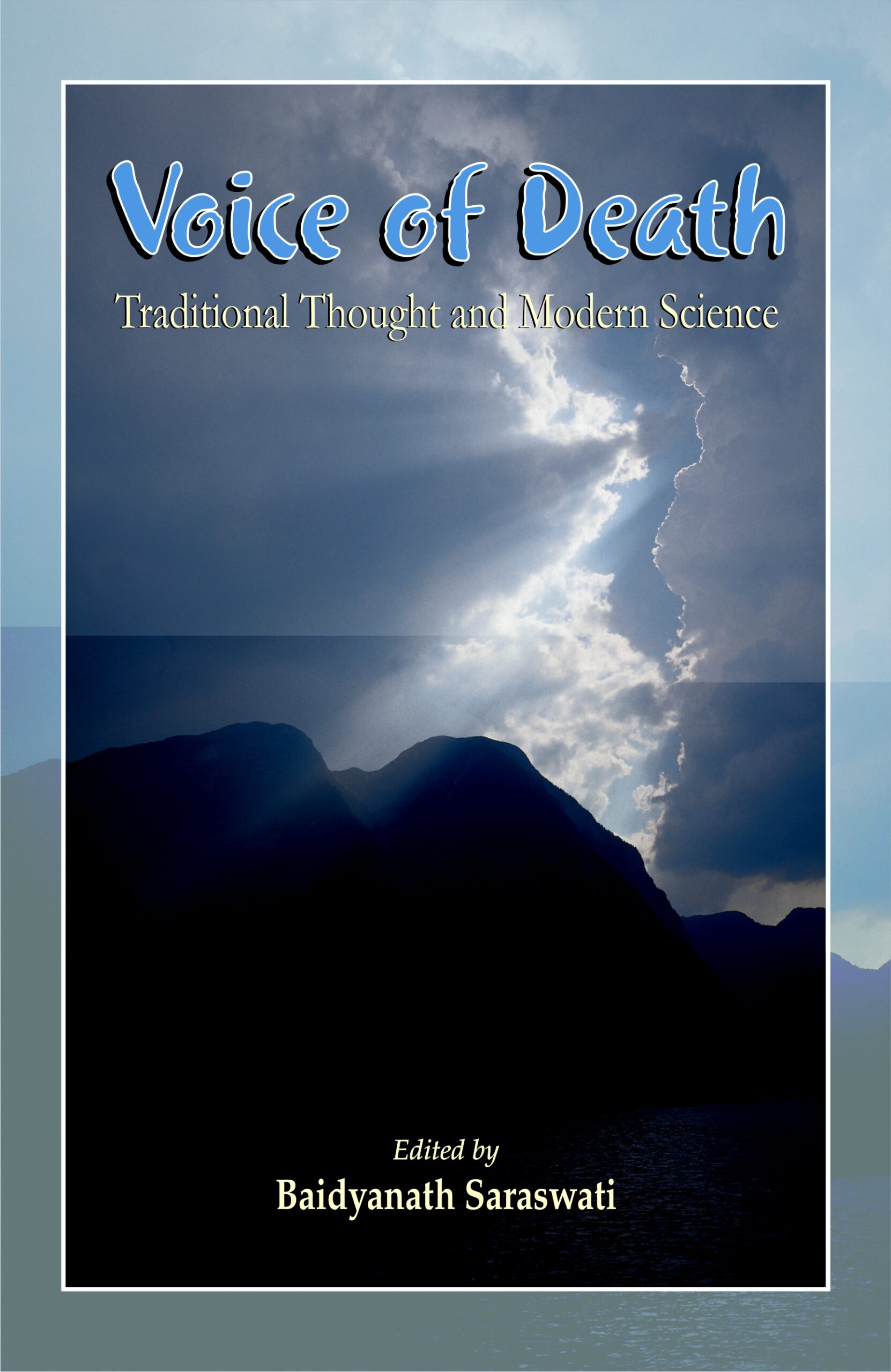
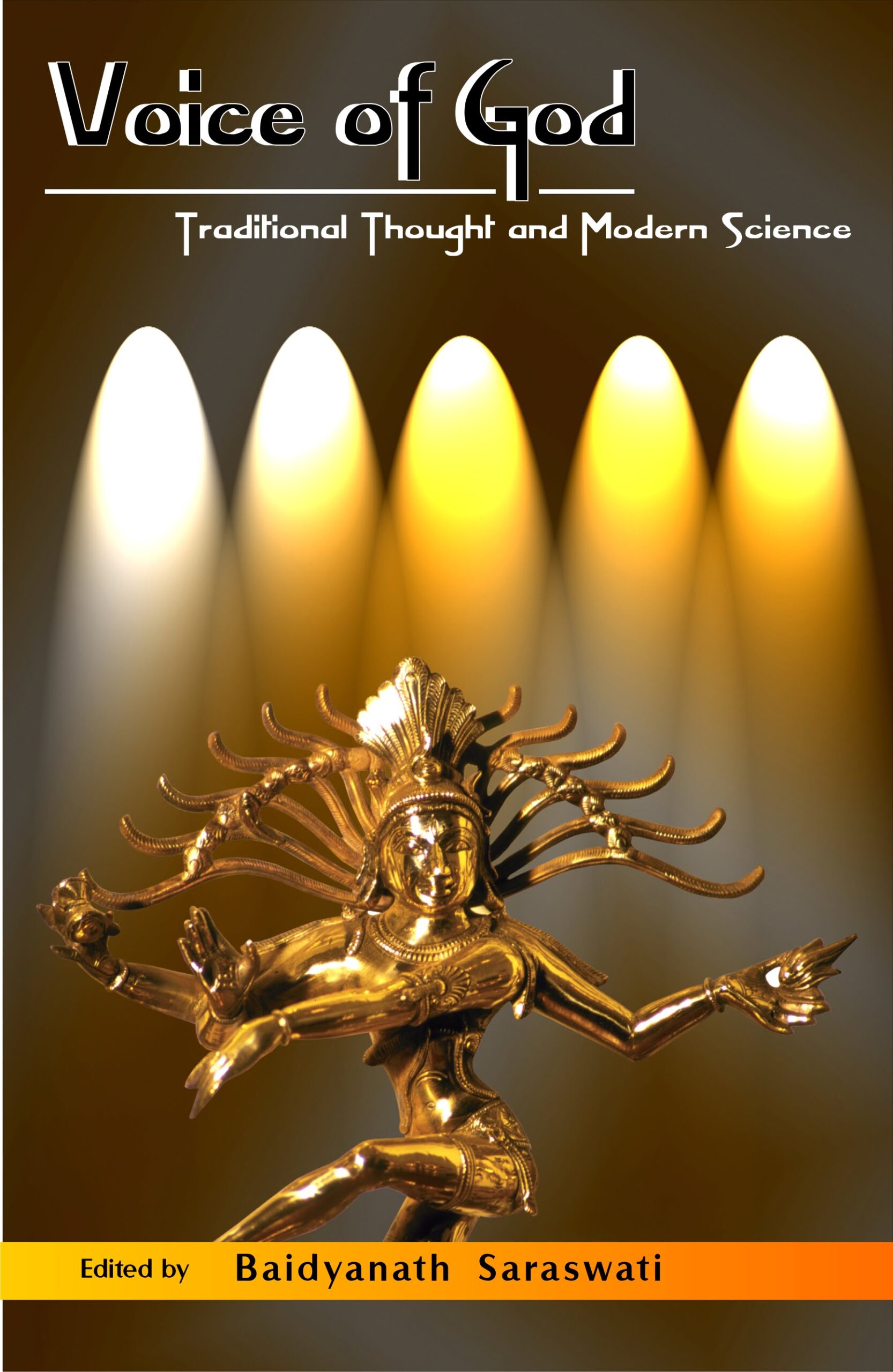

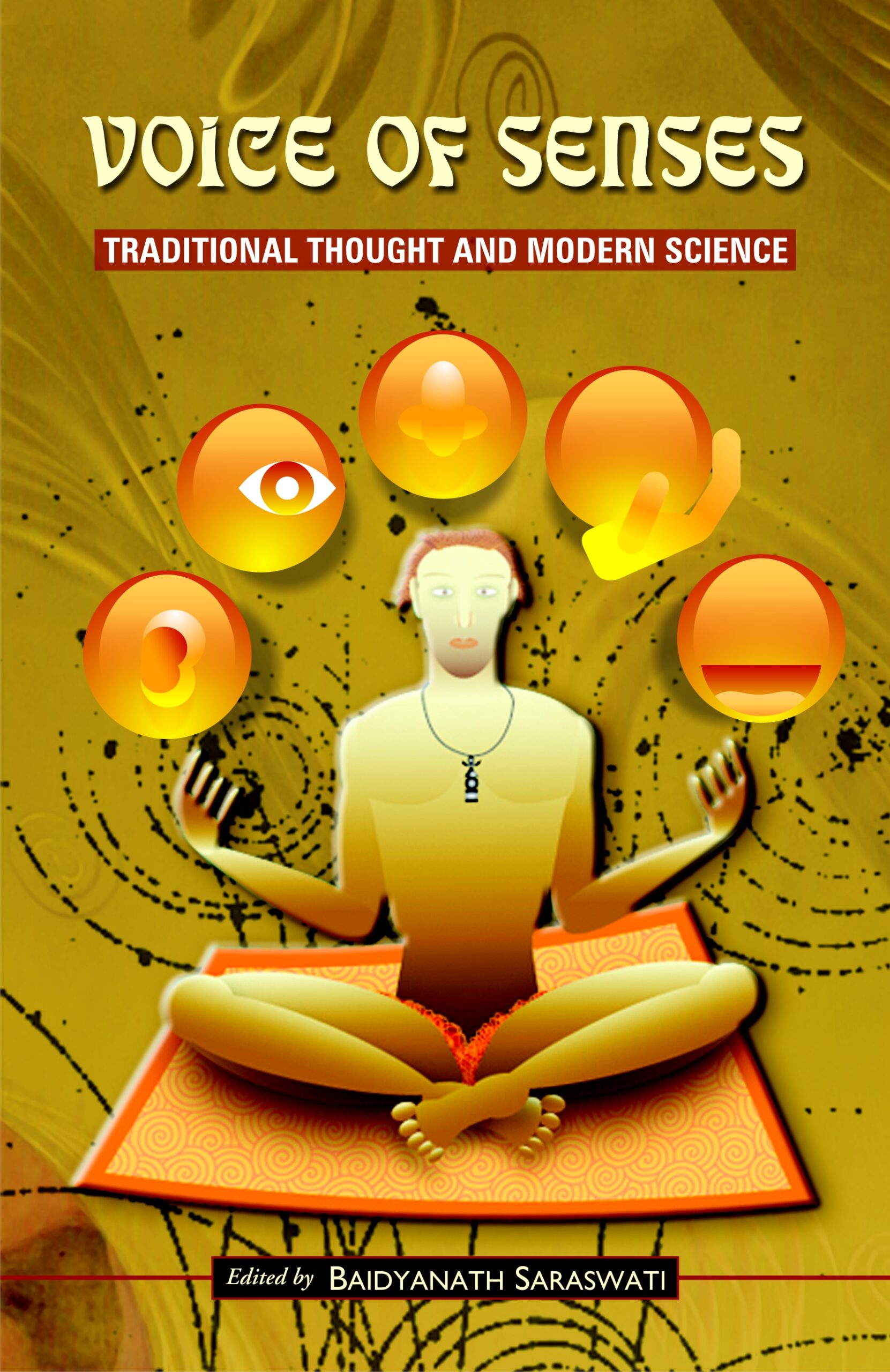

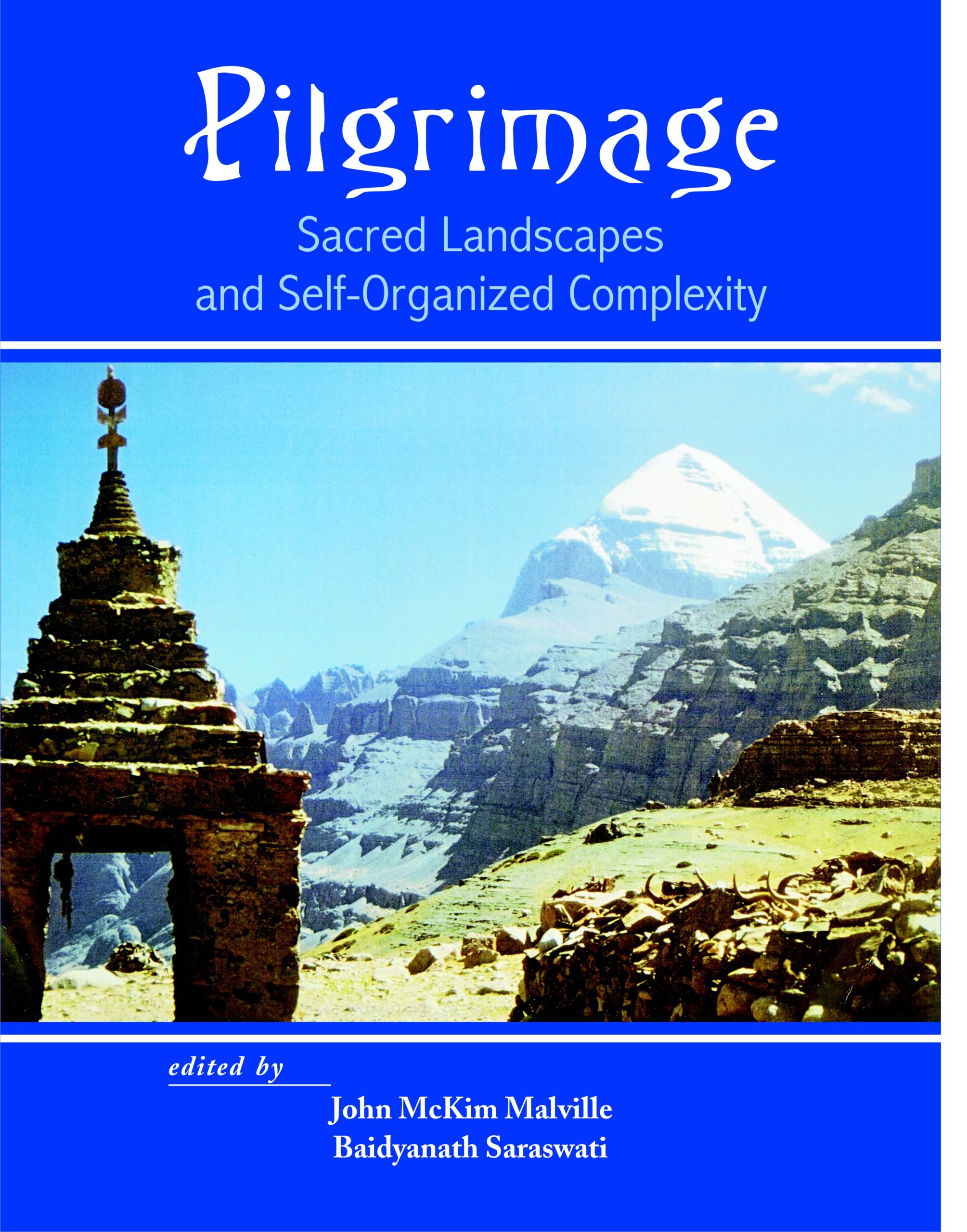
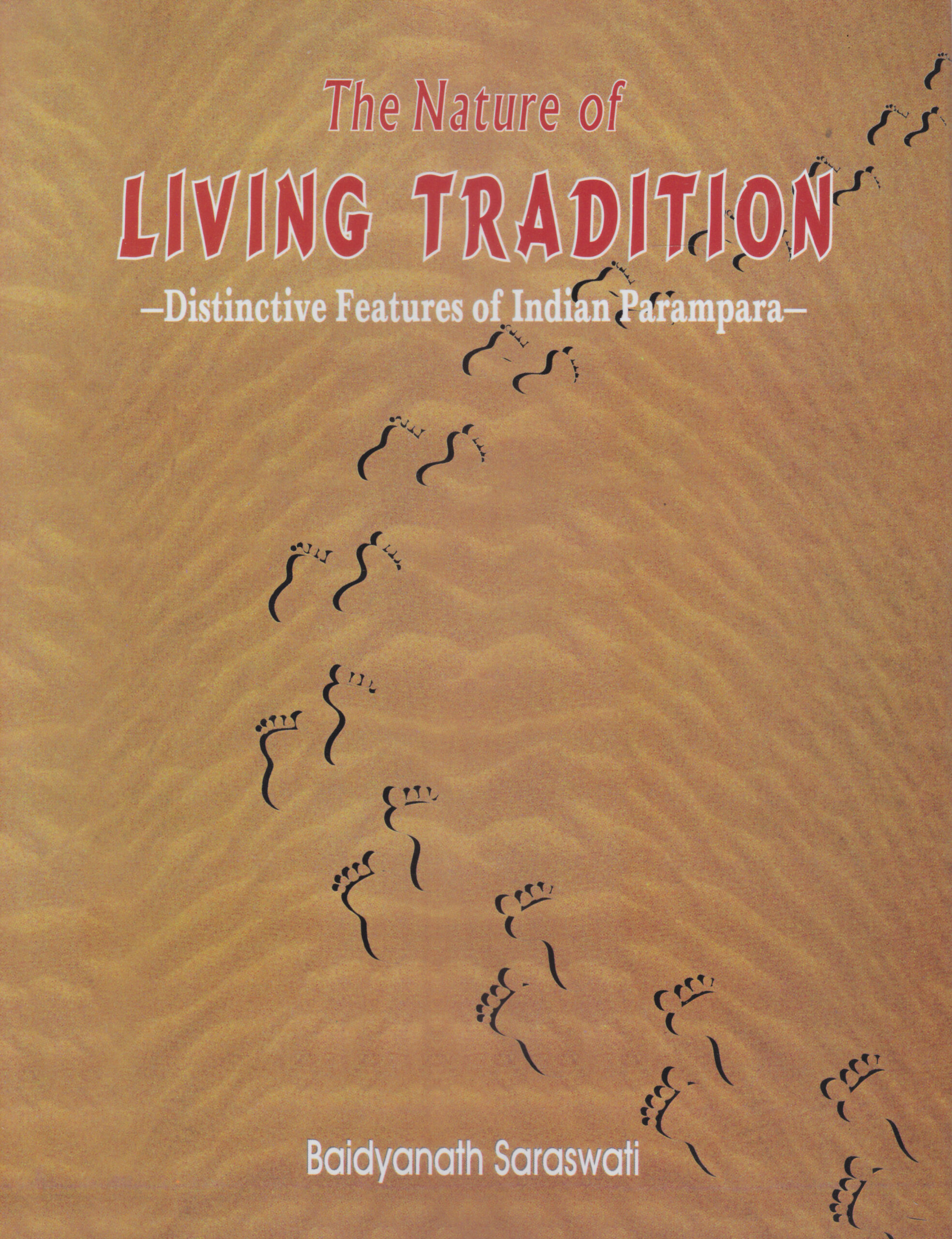
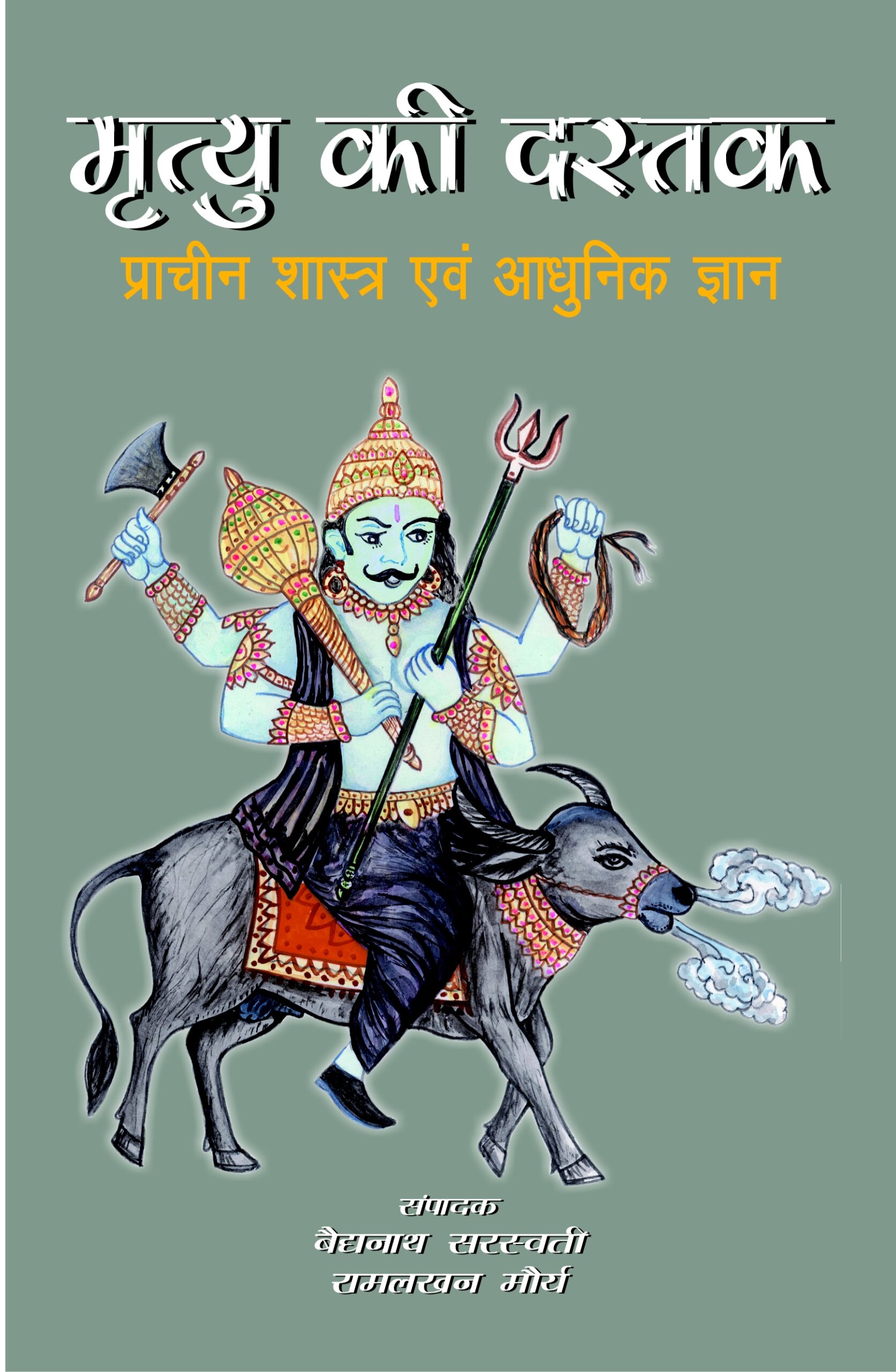
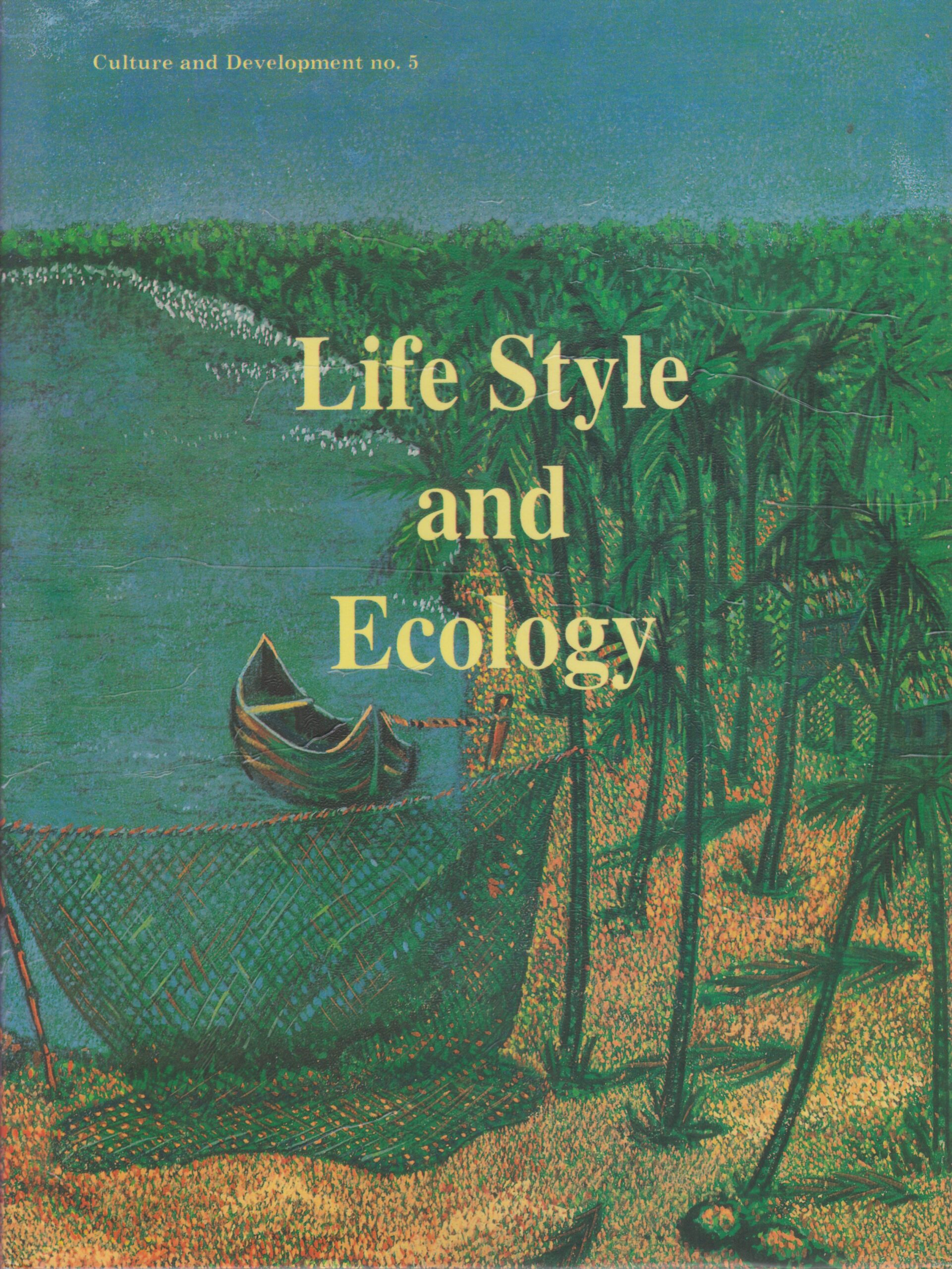
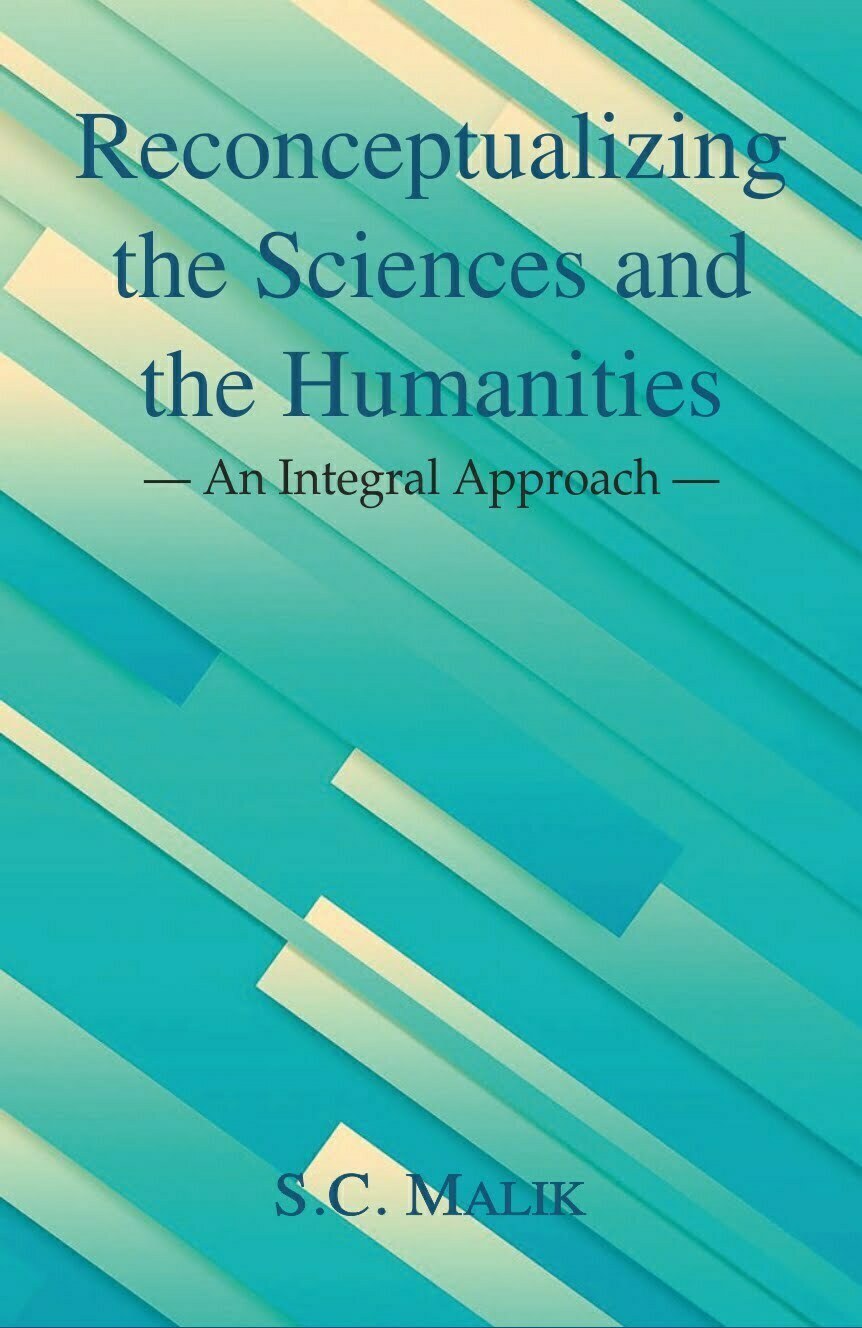

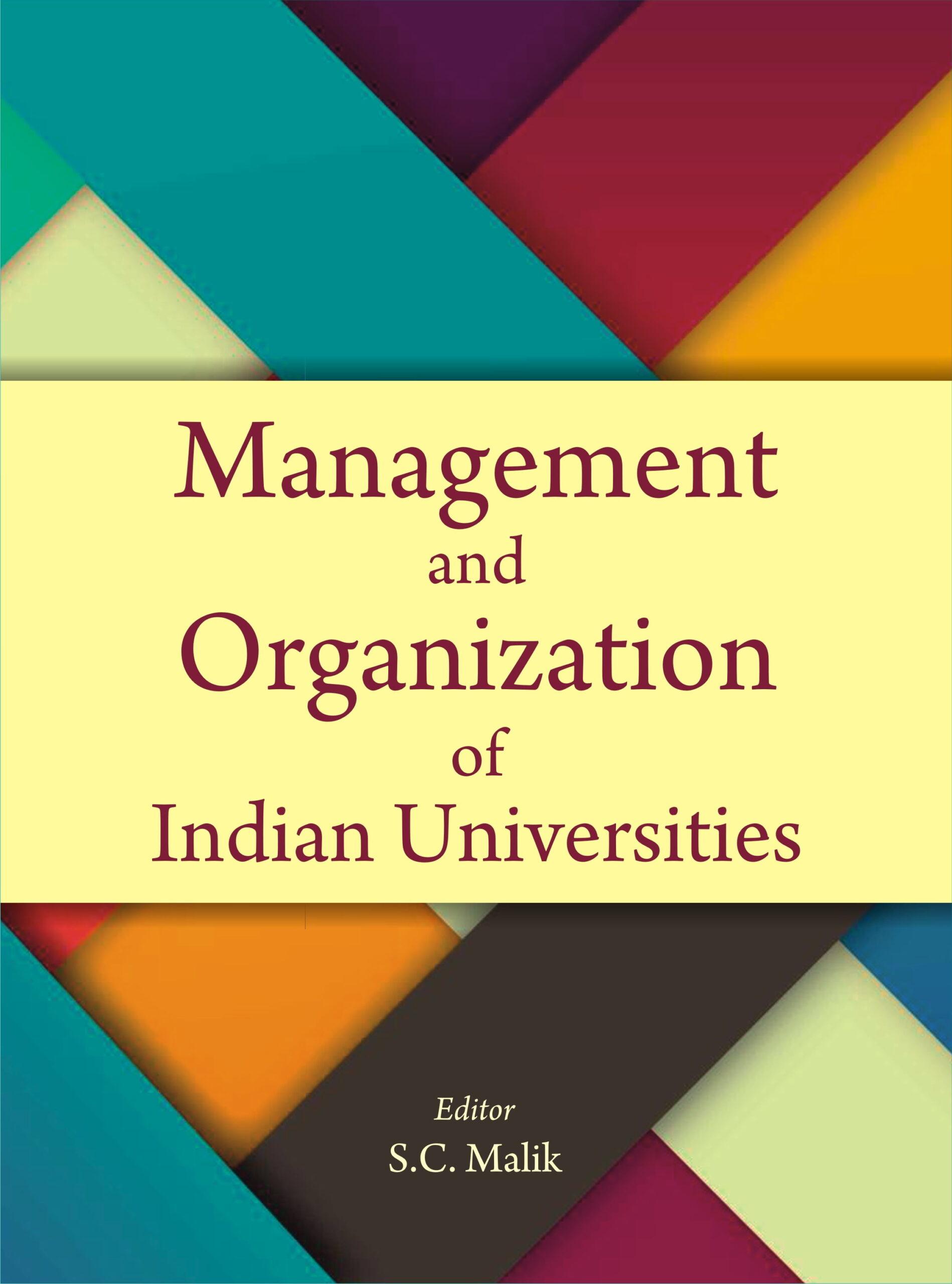
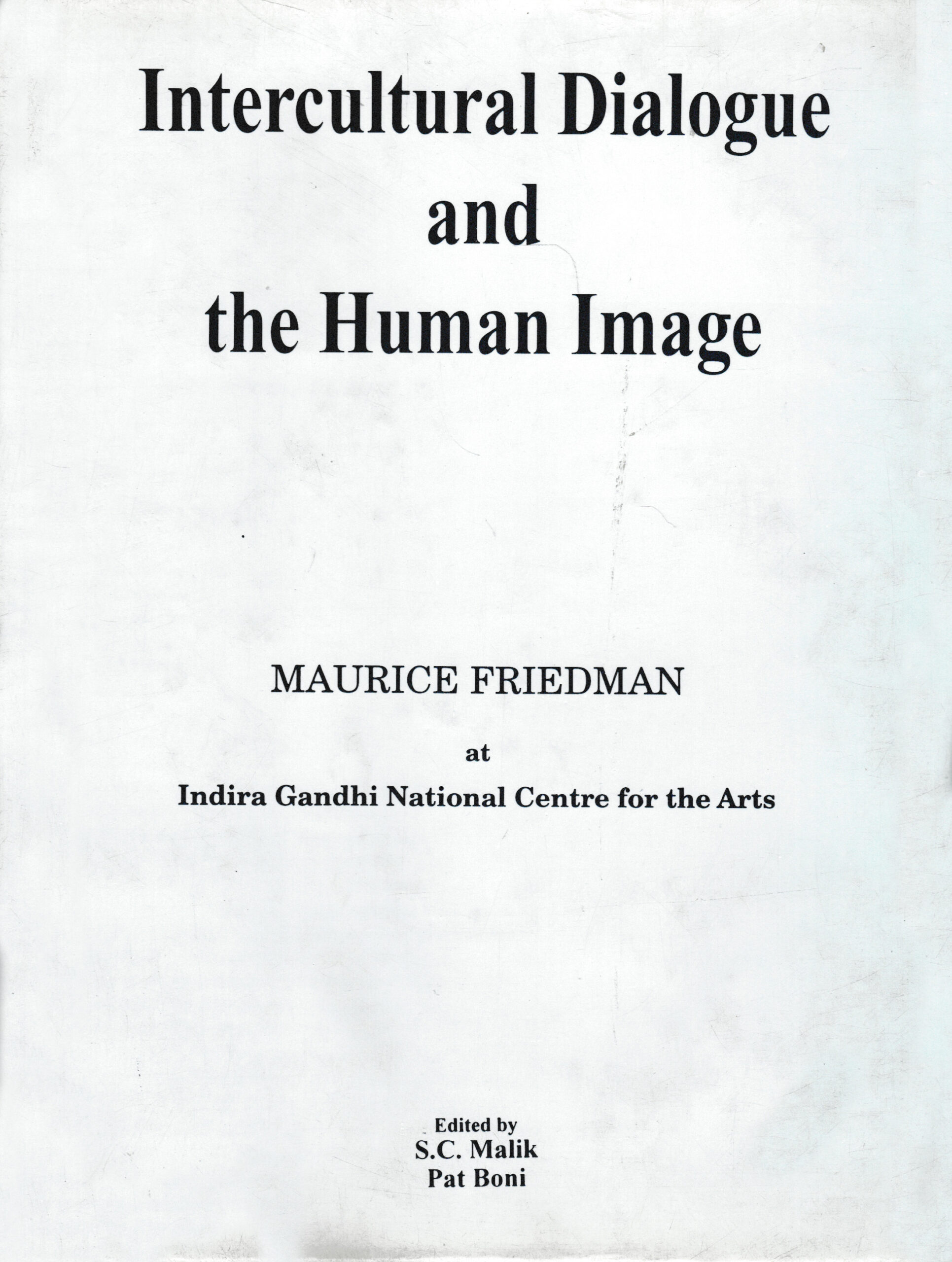
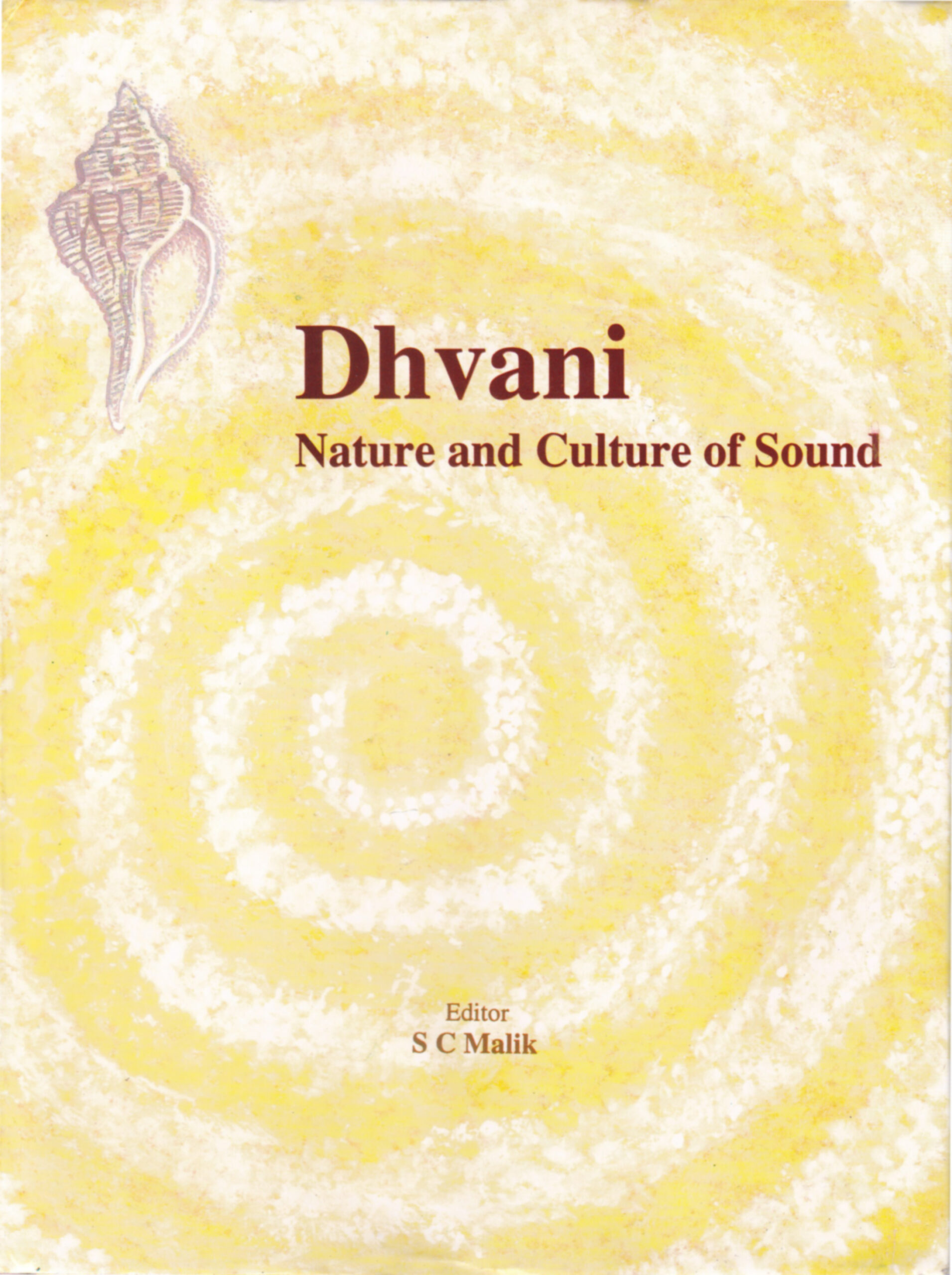

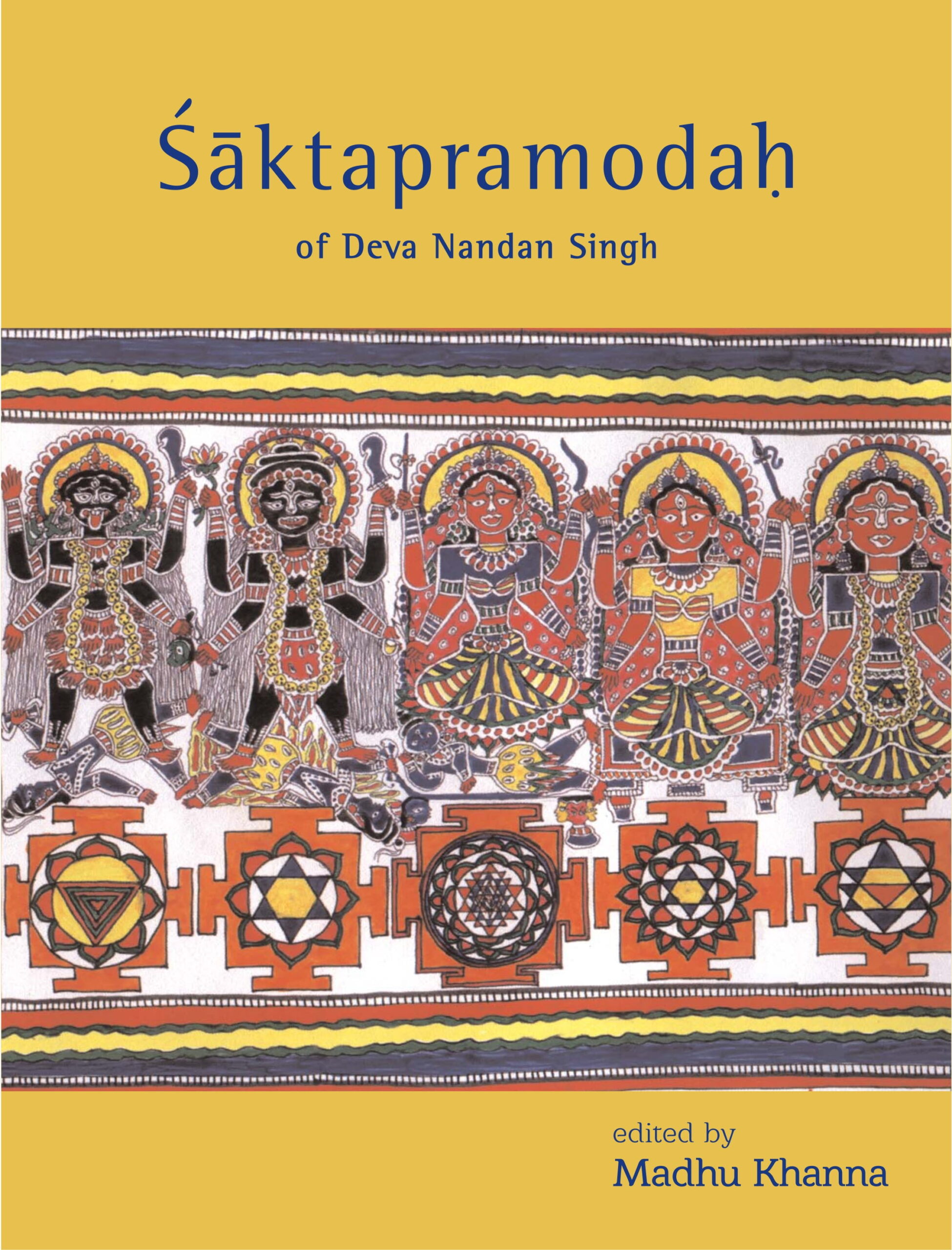

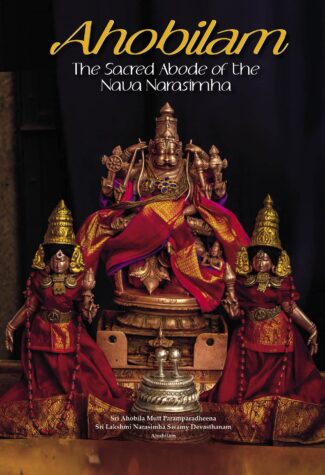
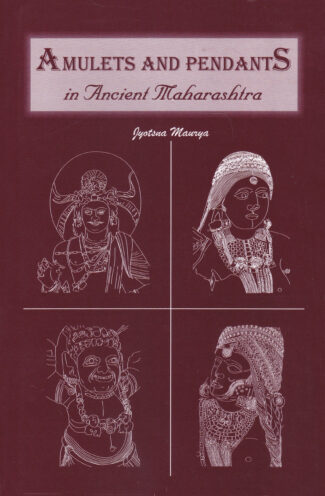
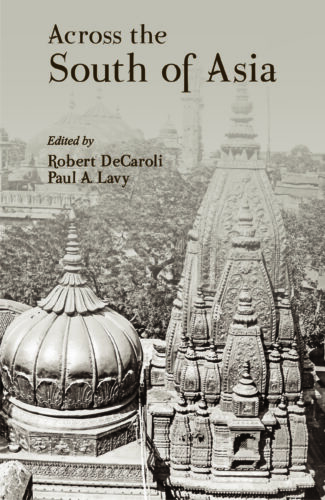
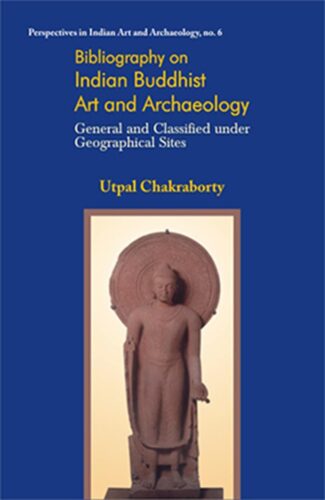
There are no reviews yet.